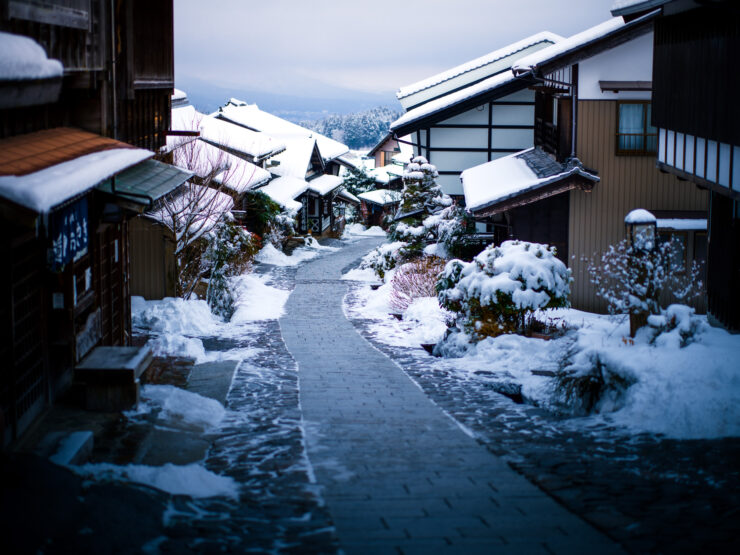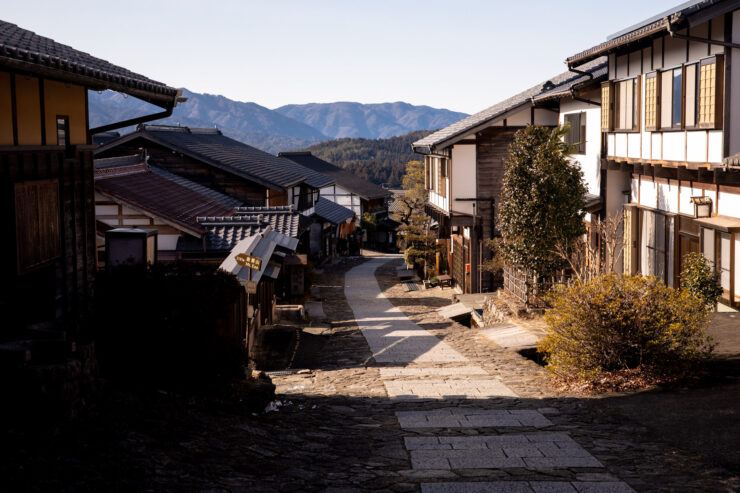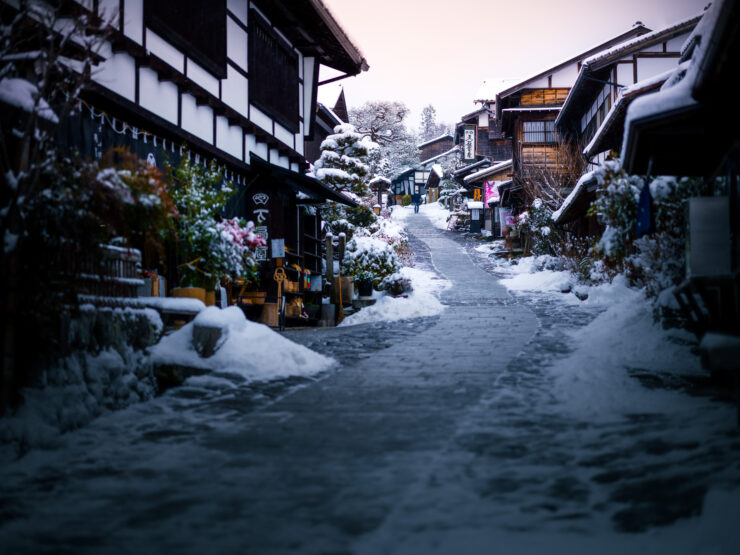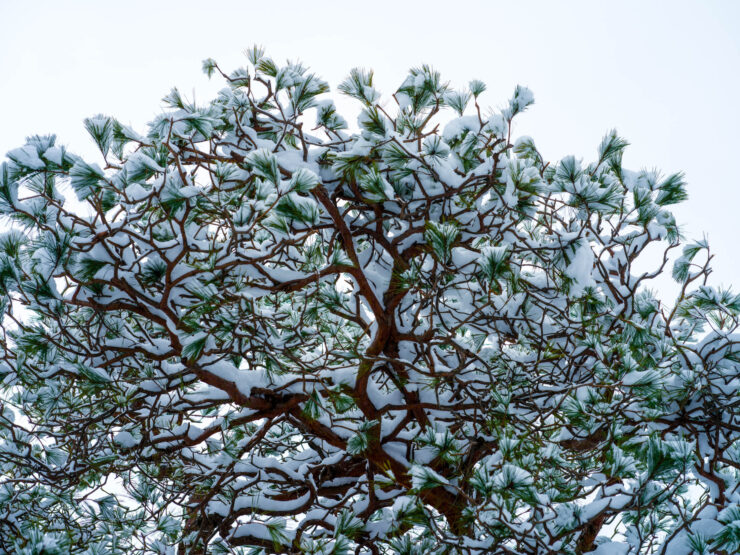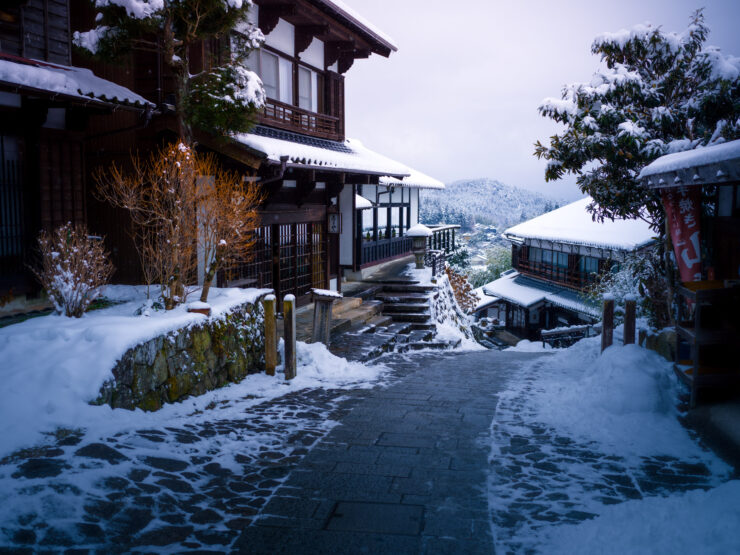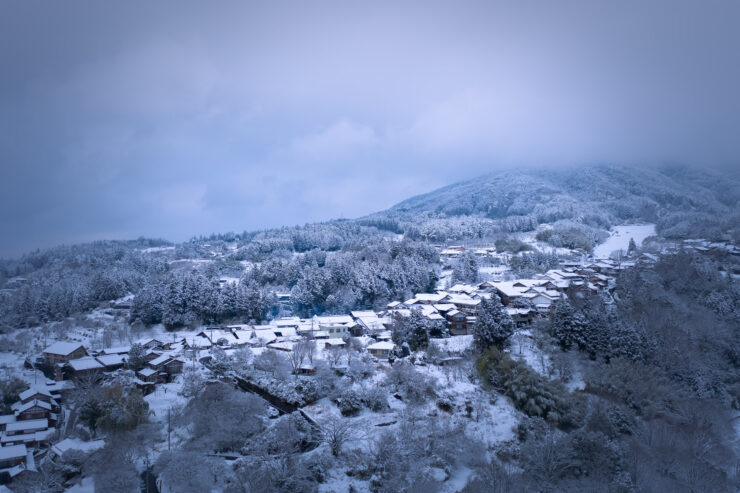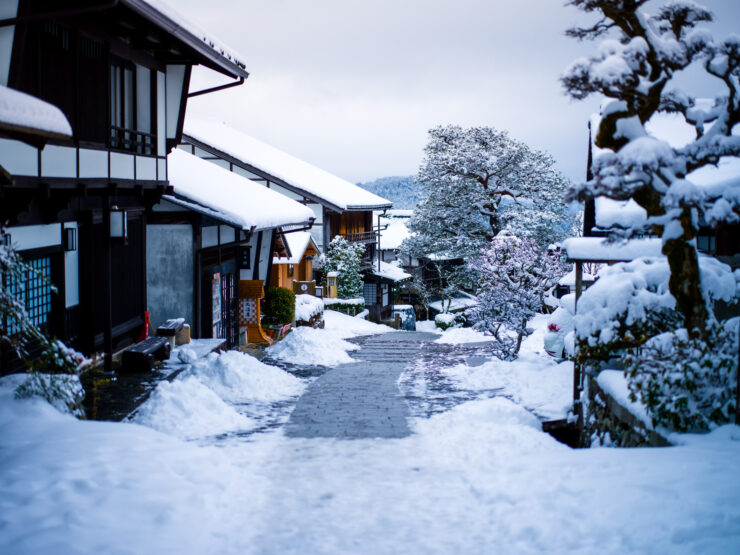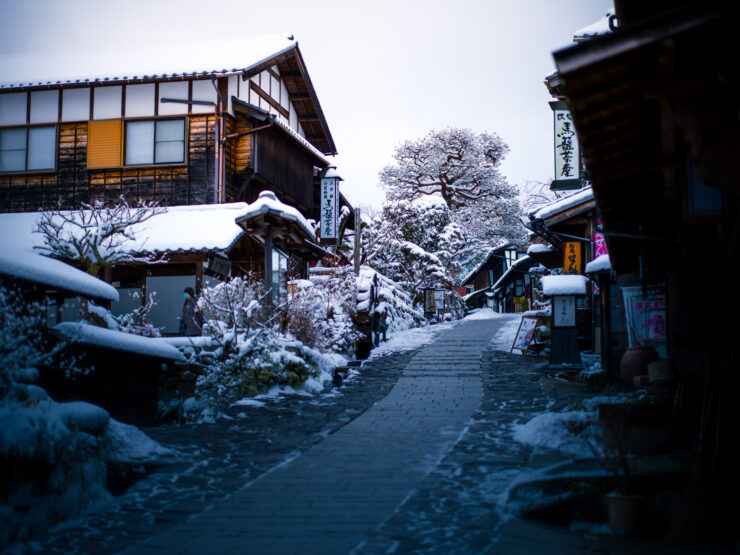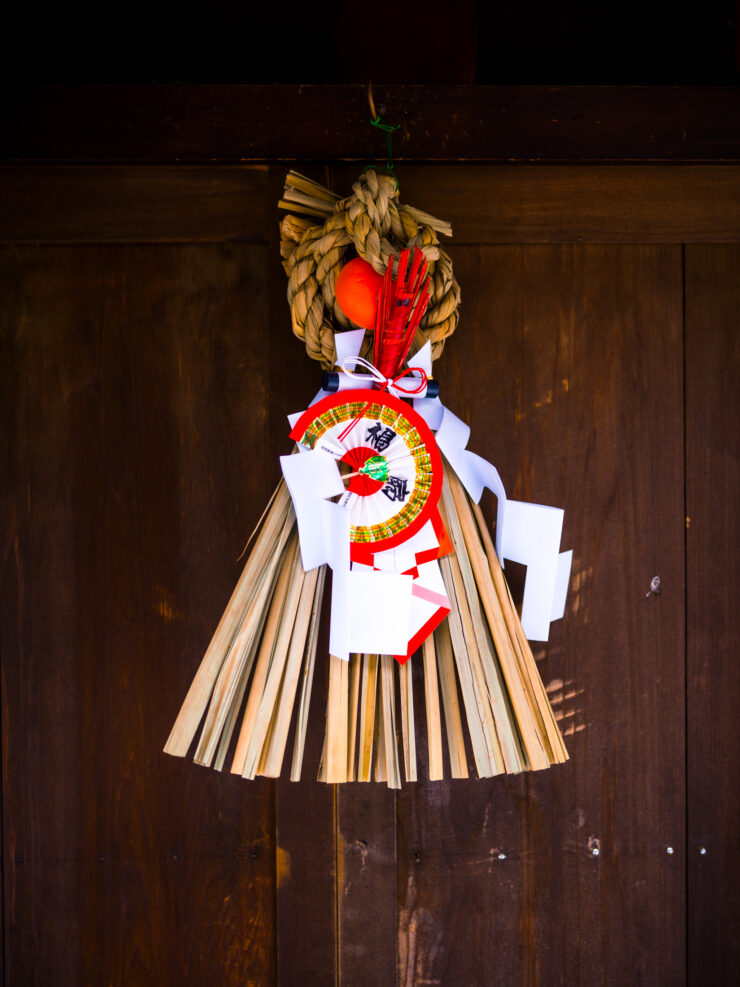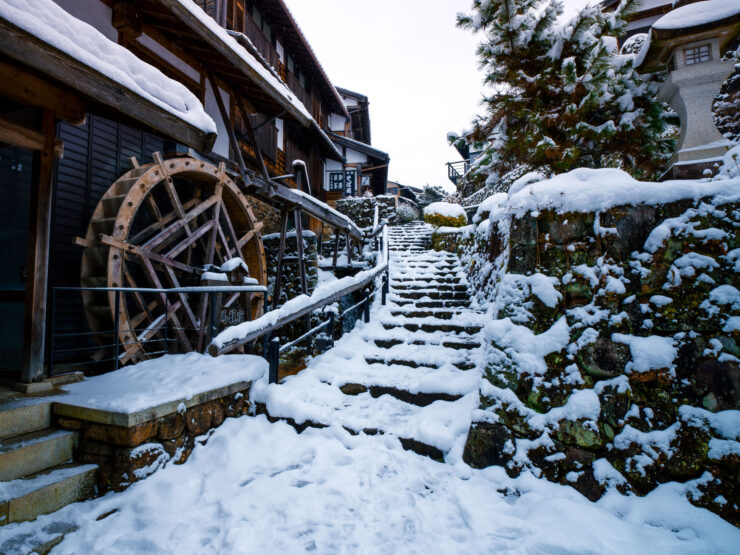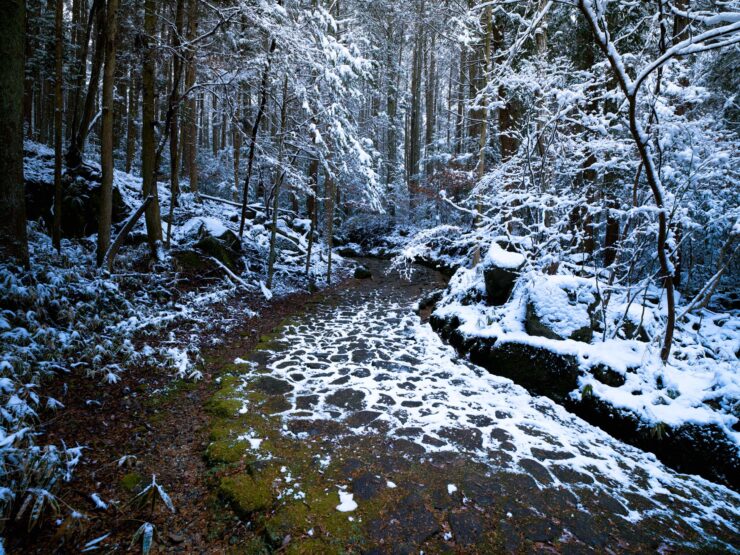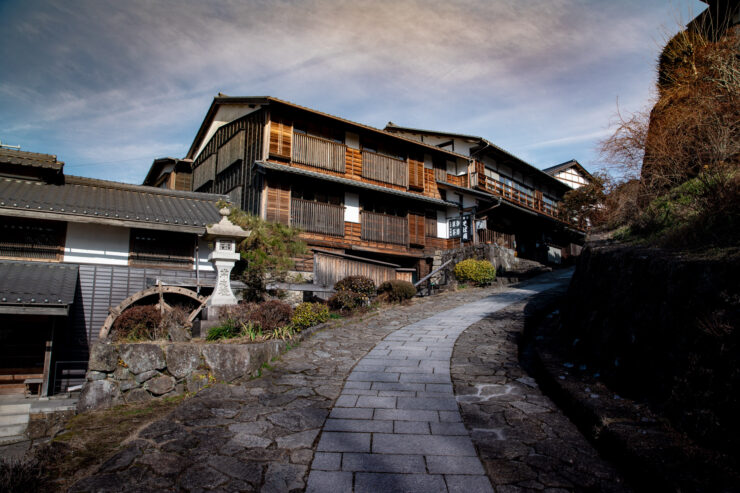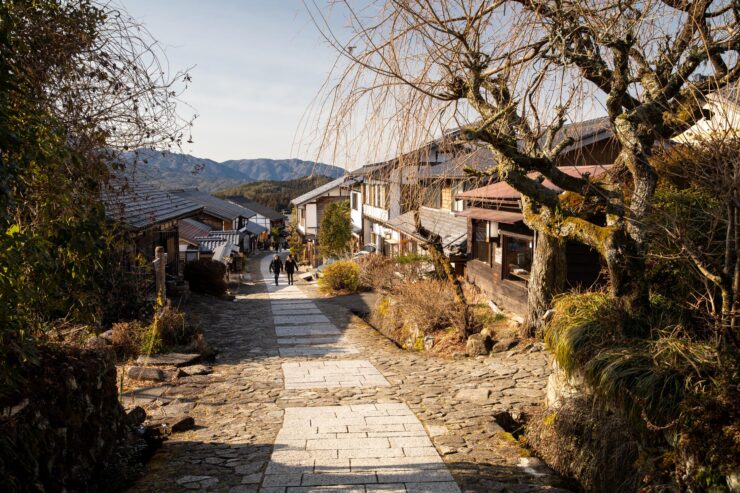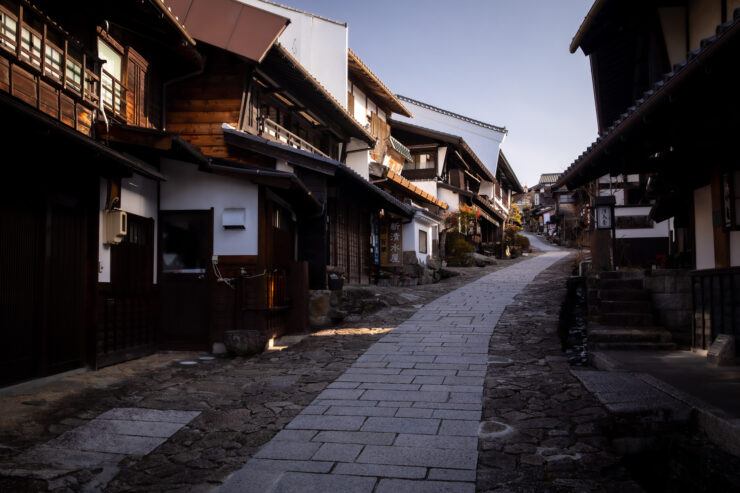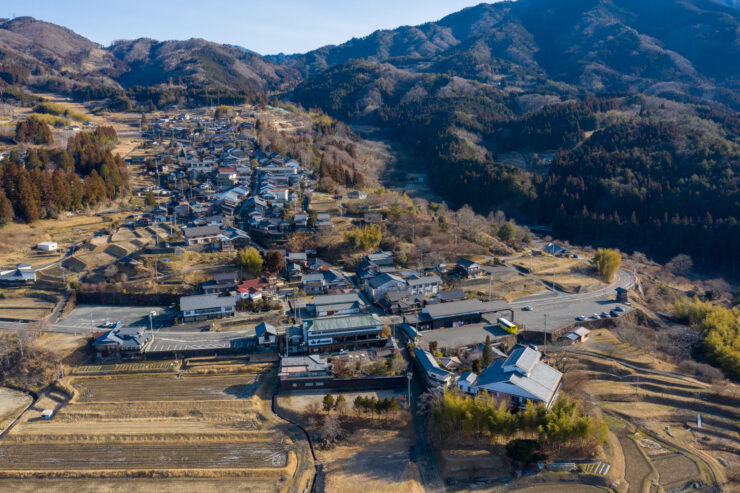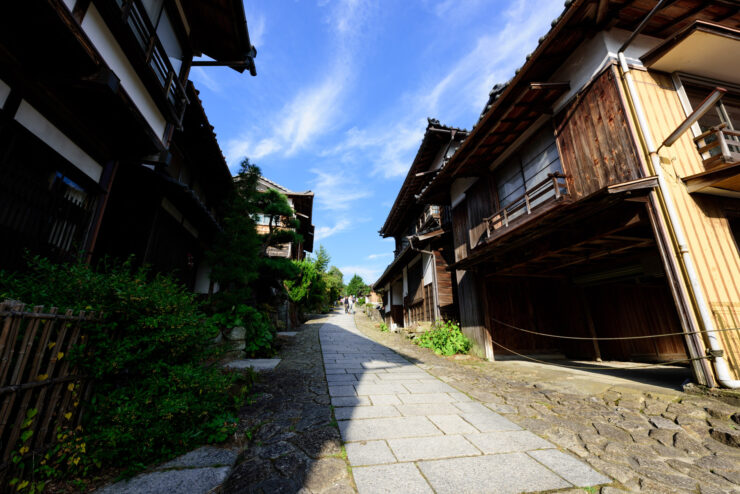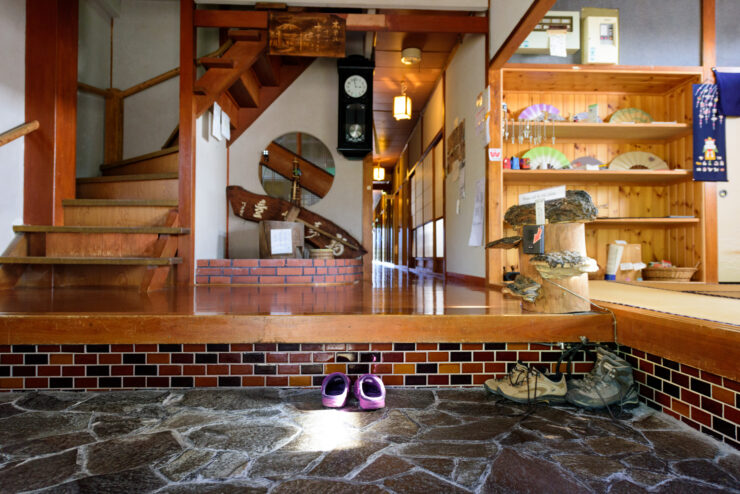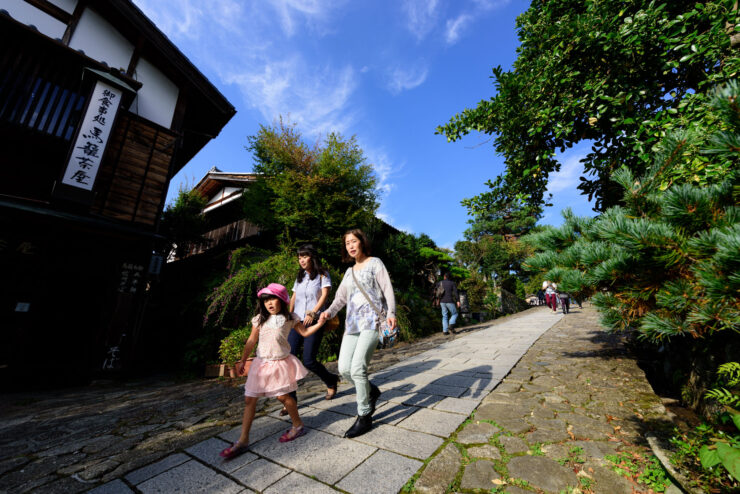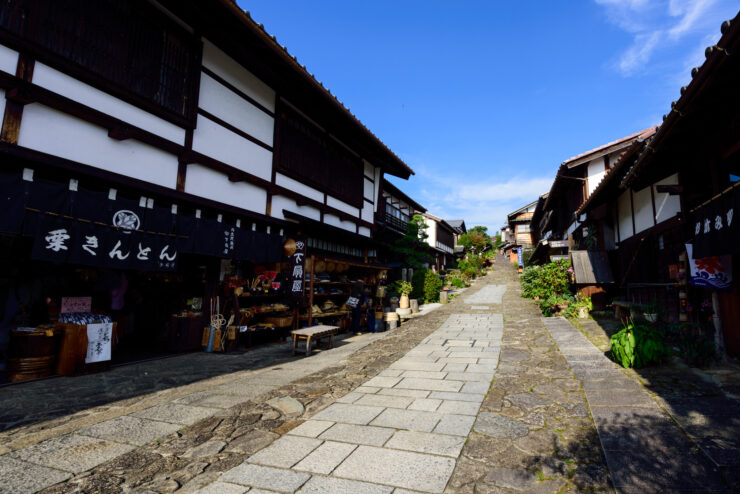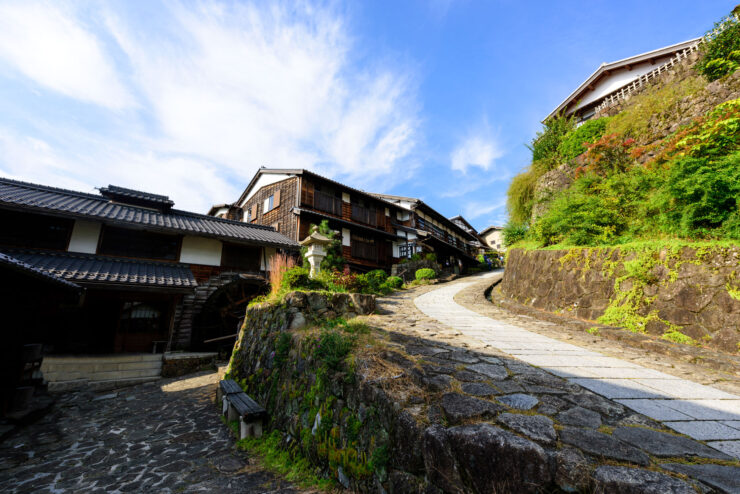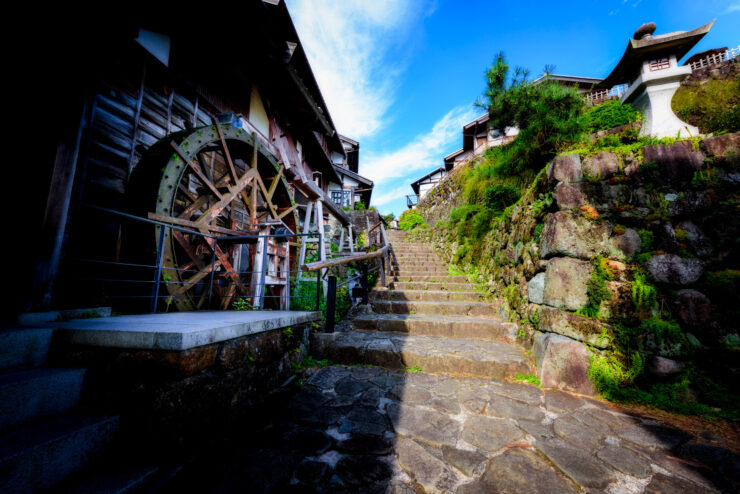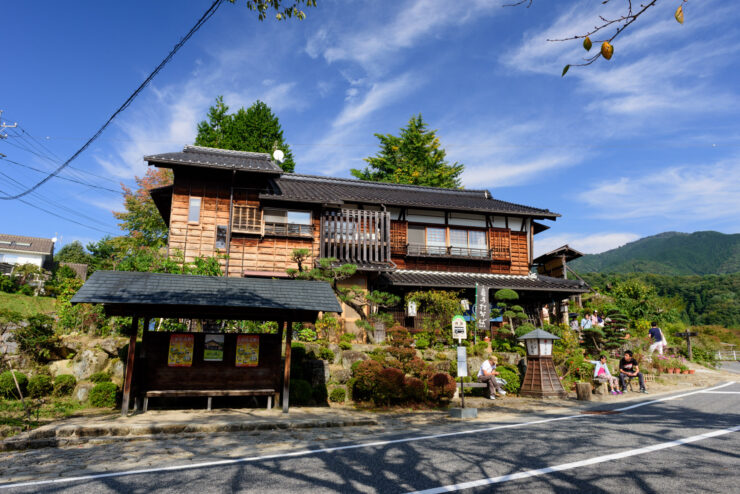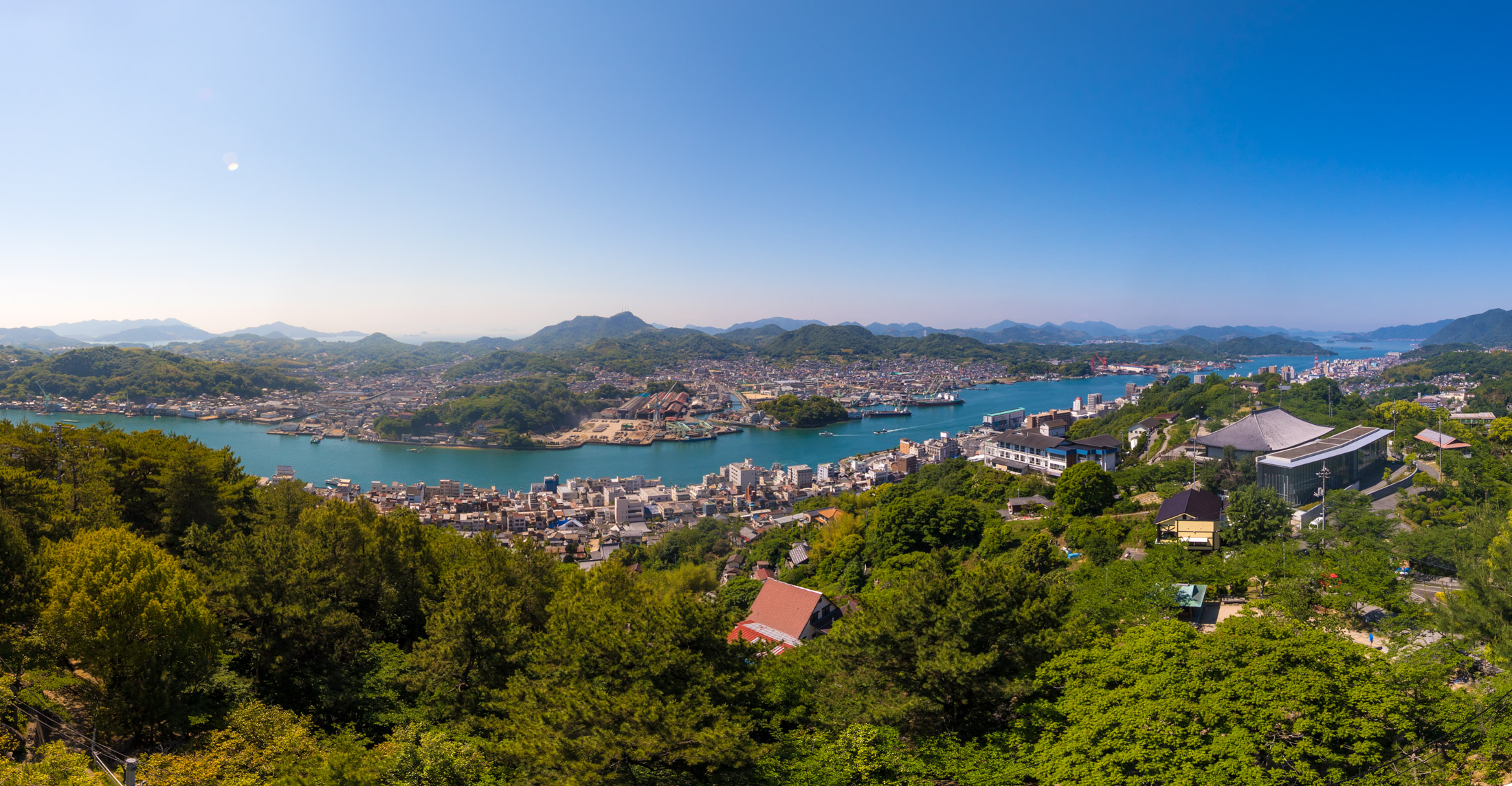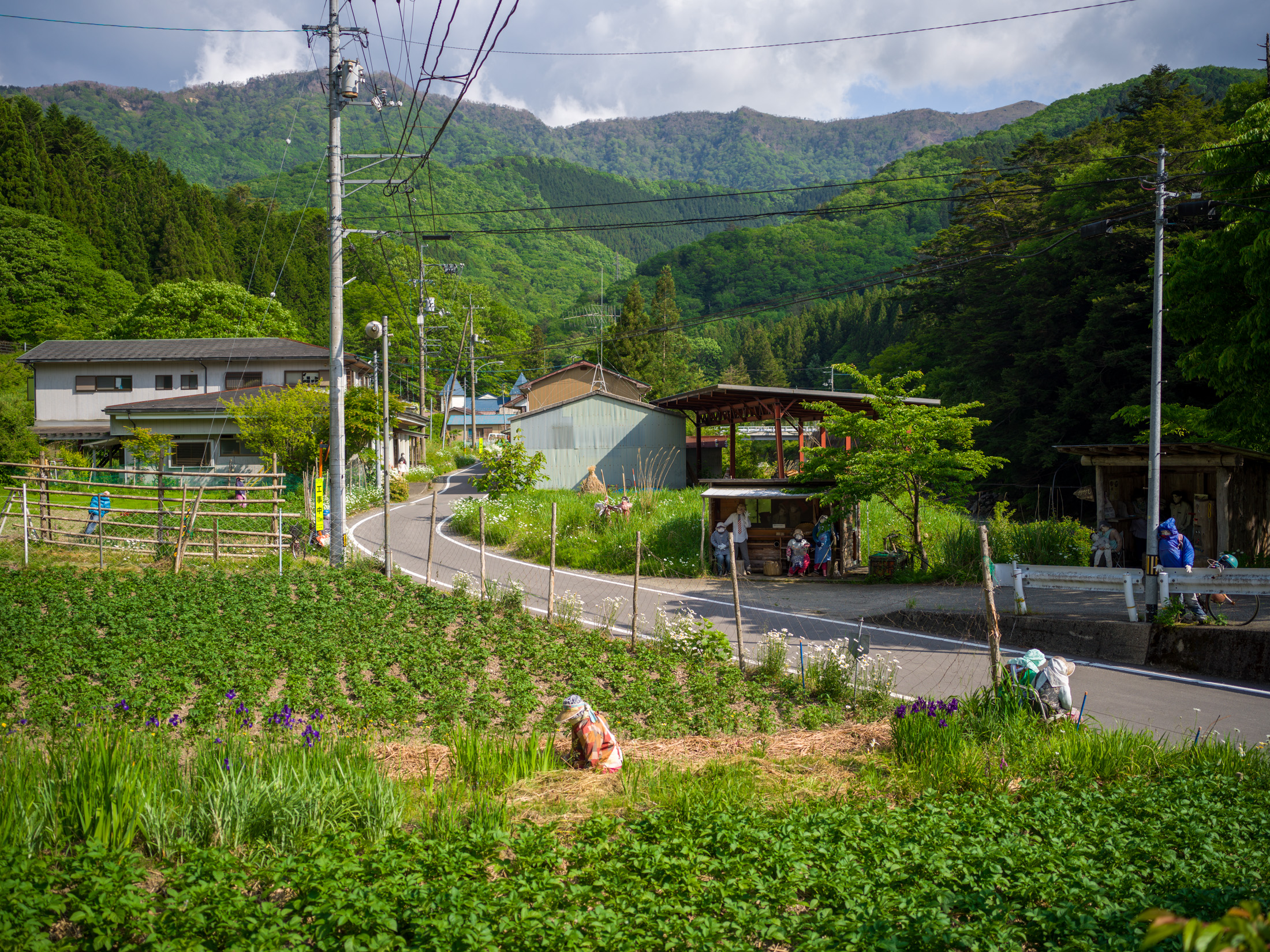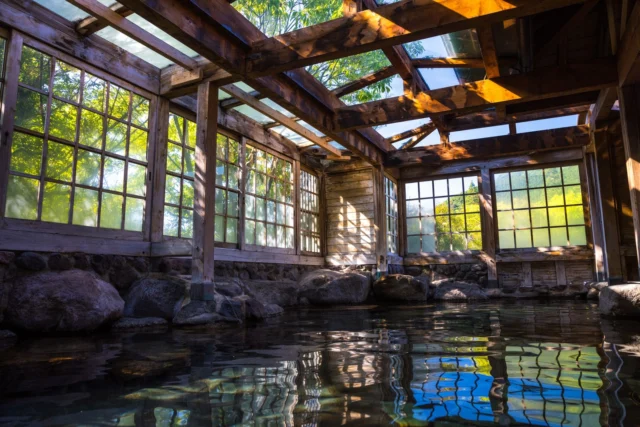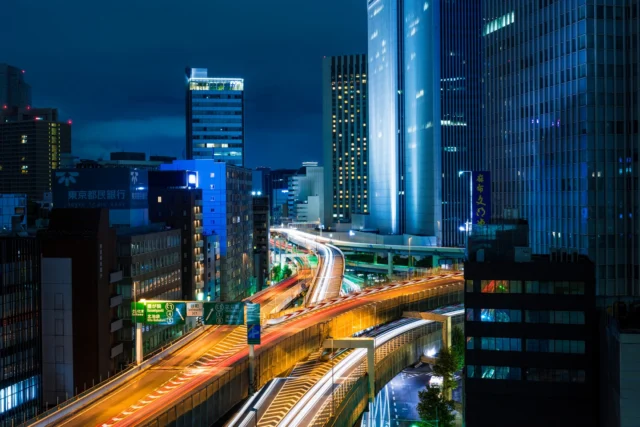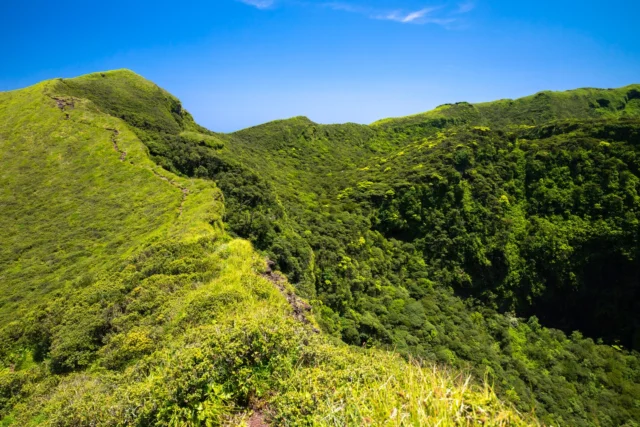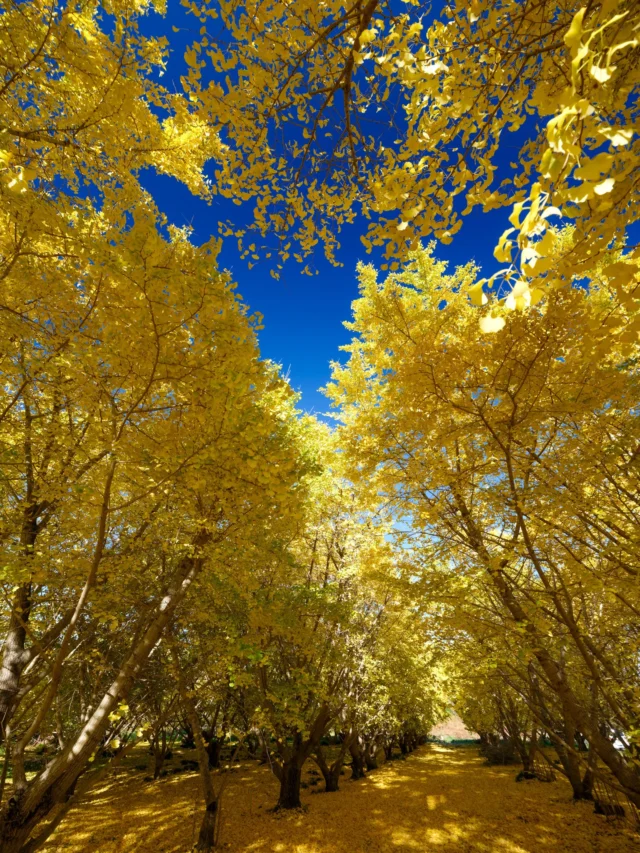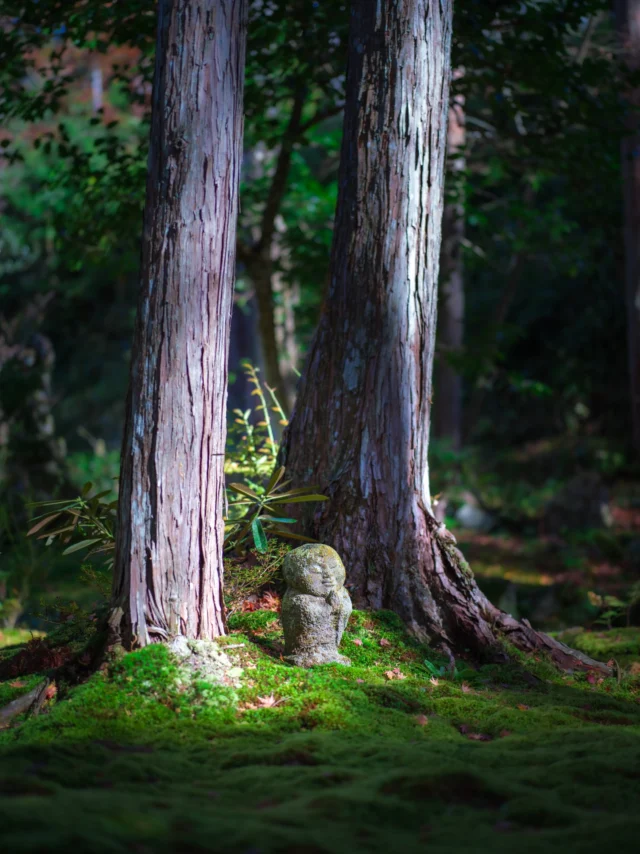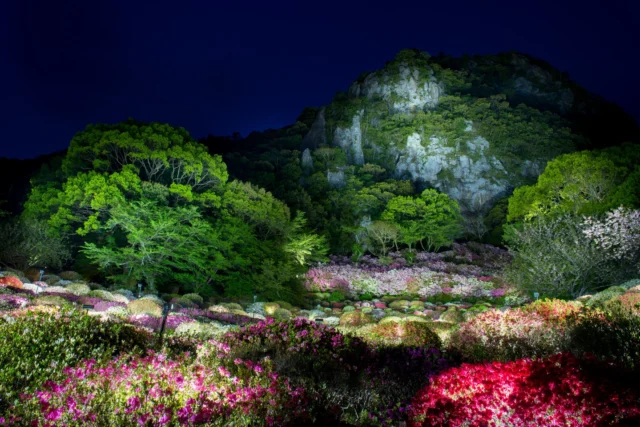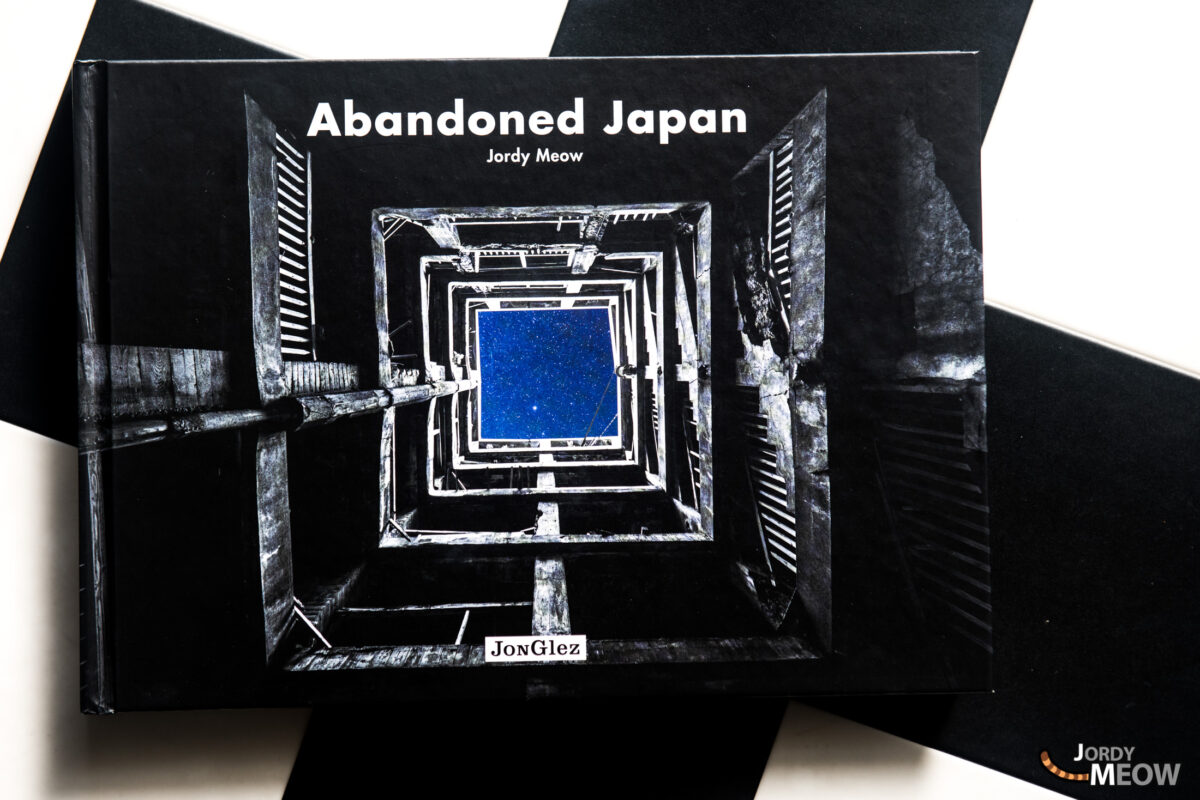Deep in the Japanese Alps, in the prefecture of Gifu, a village has preserved its charm of yesteryear: Magome-Juku. Guided tour available.
Picturesque stopover on the Nakasendo
Magome, now part of the city of Nakatsugawa, was once a prosperous staging post on the Nakasendō (“central mountain route”). Like Narai it was a stage on this ancient trail.
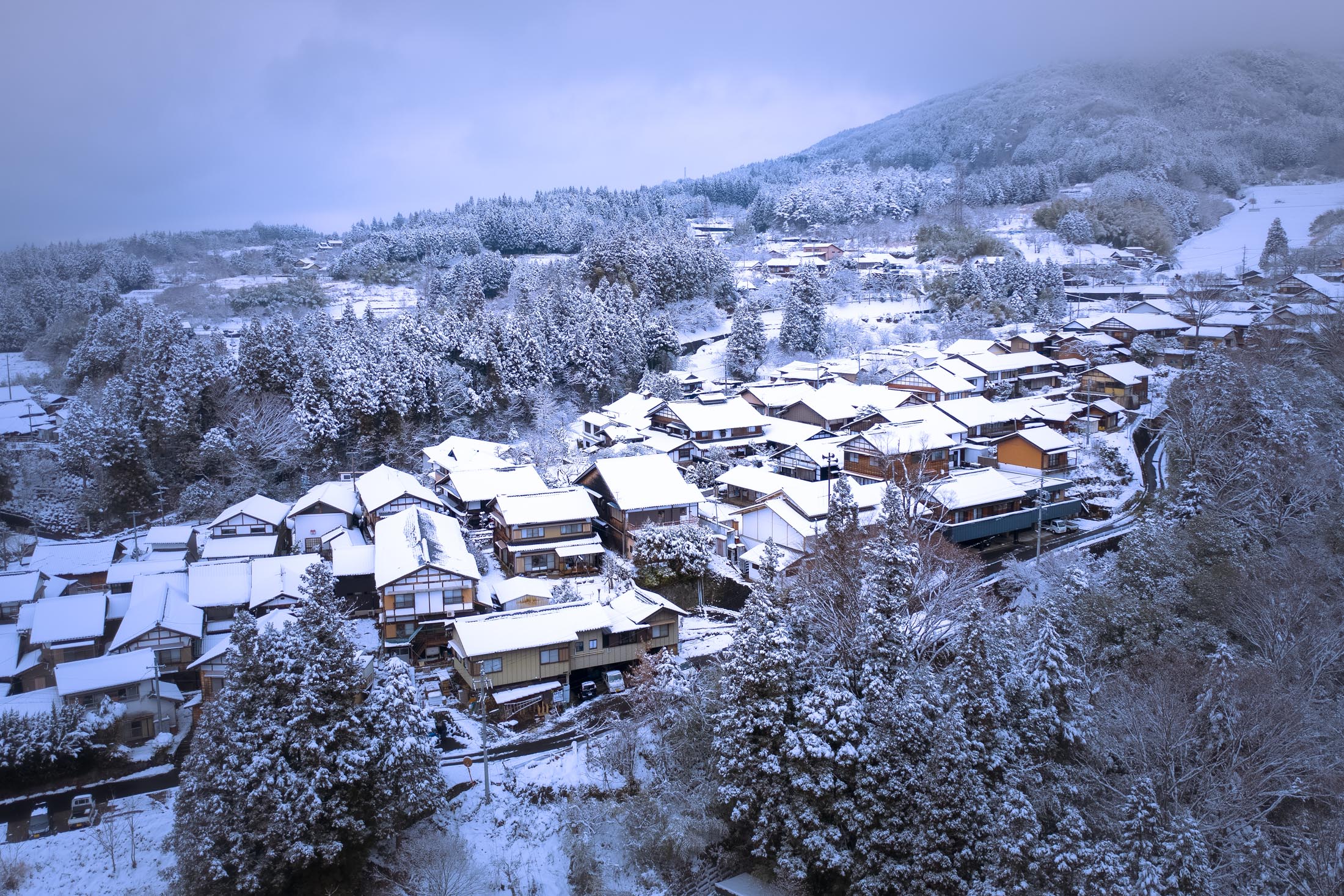
Benefiting from the steady flow of visitors, the stopover enjoyed a prosperous economy in the Edo era. In 1843, its 69 dwellings housed over 717 residents.
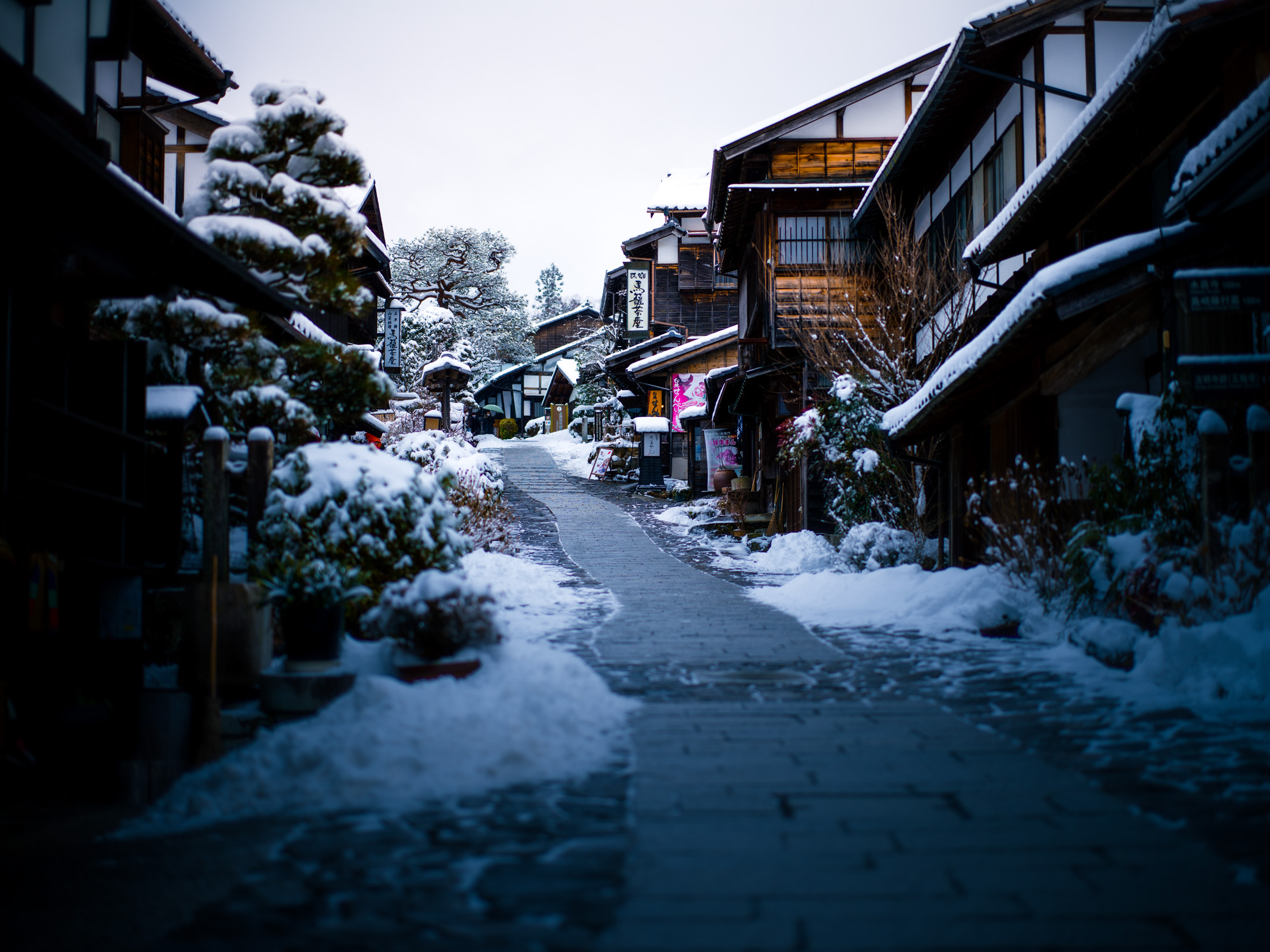
With the fall of the Tokugawa shogunate and restoration of imperial rule under the emperor Meiji (1868), development of the railway meant that the trail lost much of its traffic.
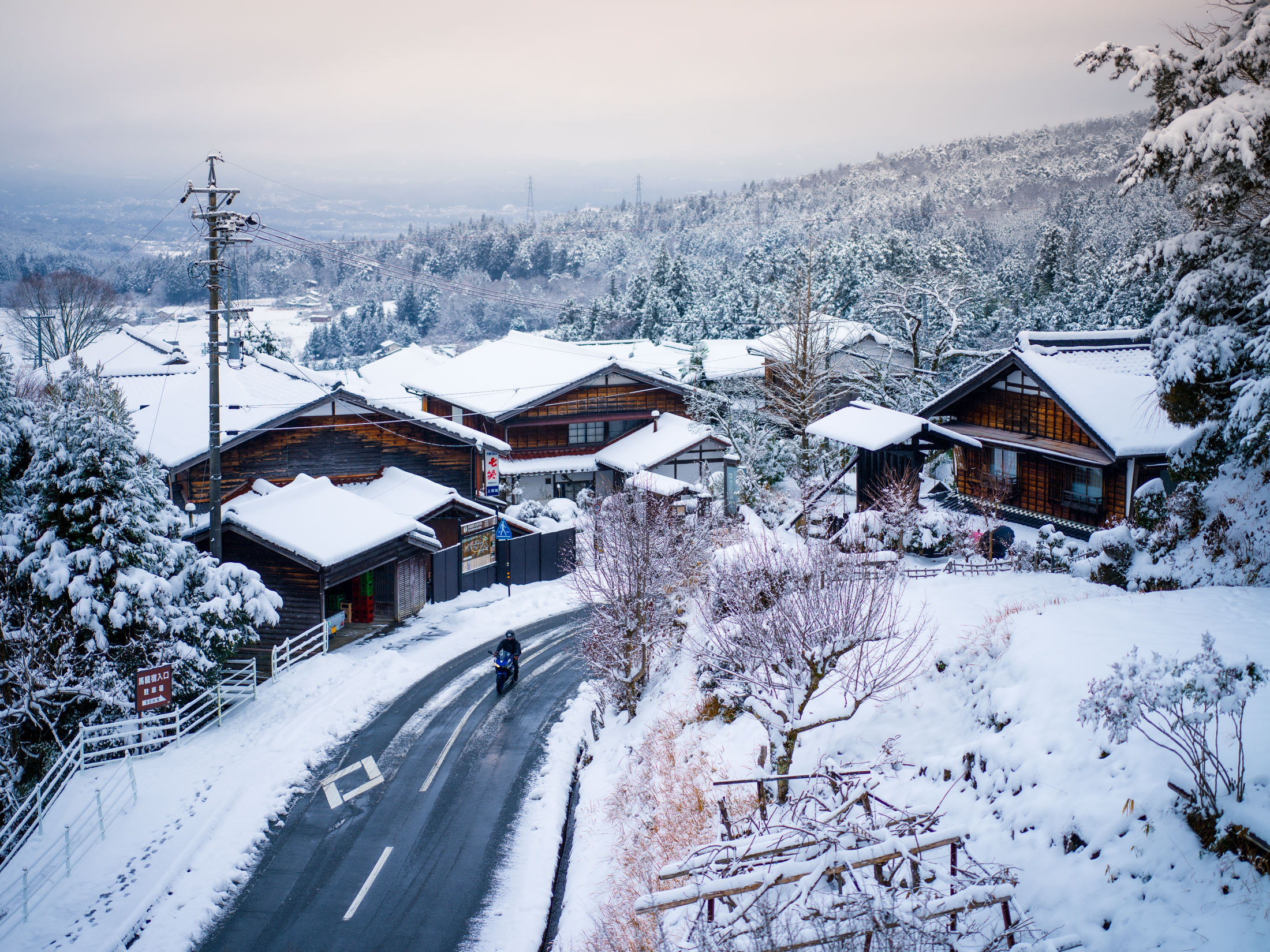
Magome-Juku is known as the most “authentic” village in the Kiso valley, although almost completely destroyed by fire in 1894. The traditional wooden houses seen today were restored to their original state during the 20th century.
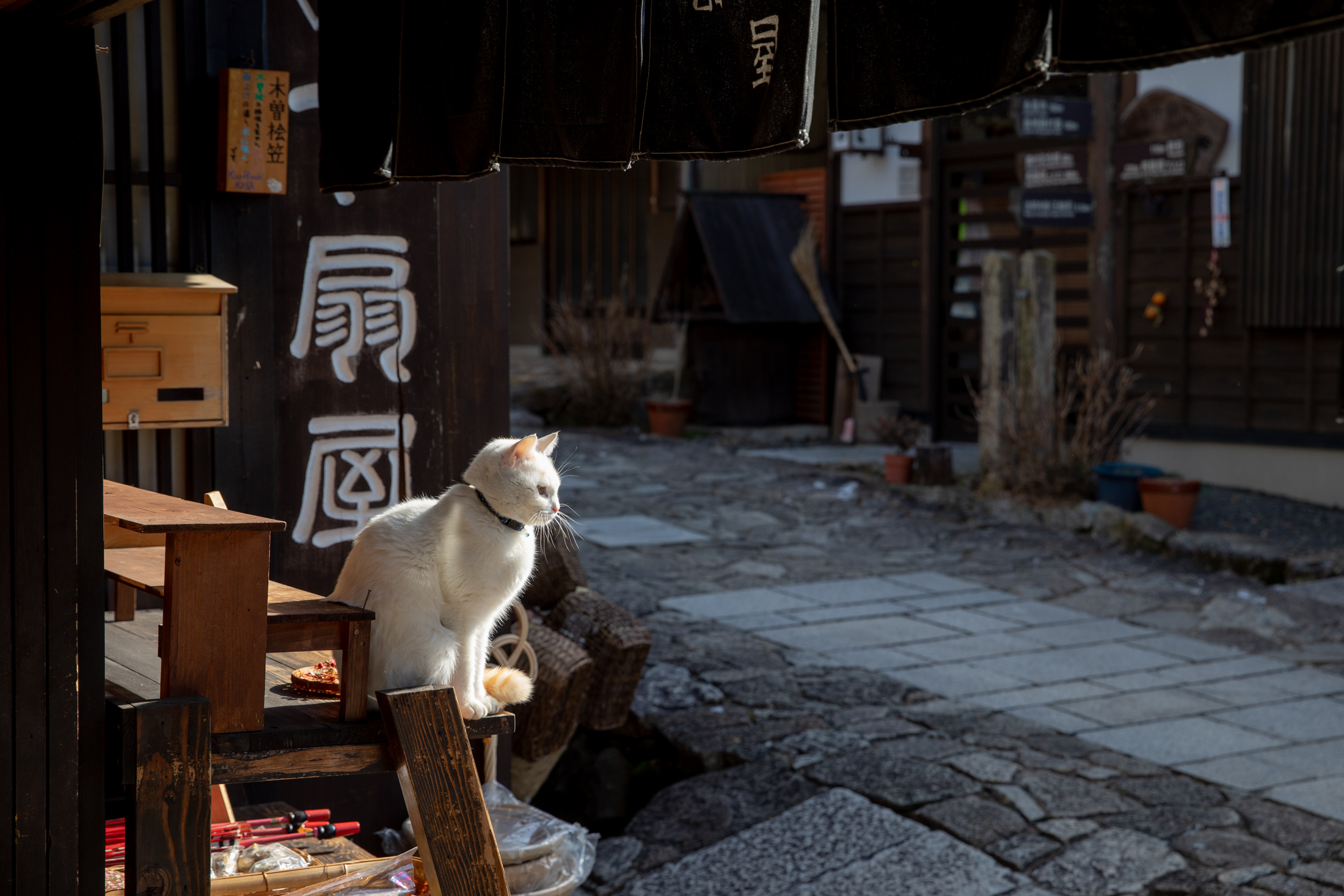
The nostalgic charm of Edo Japan (1603–1867) has been successfully rehabilitated: even Michelin was convinced and awarded a star in its famous guide. Along the steep stone track traditional buildings host shops and tearooms.
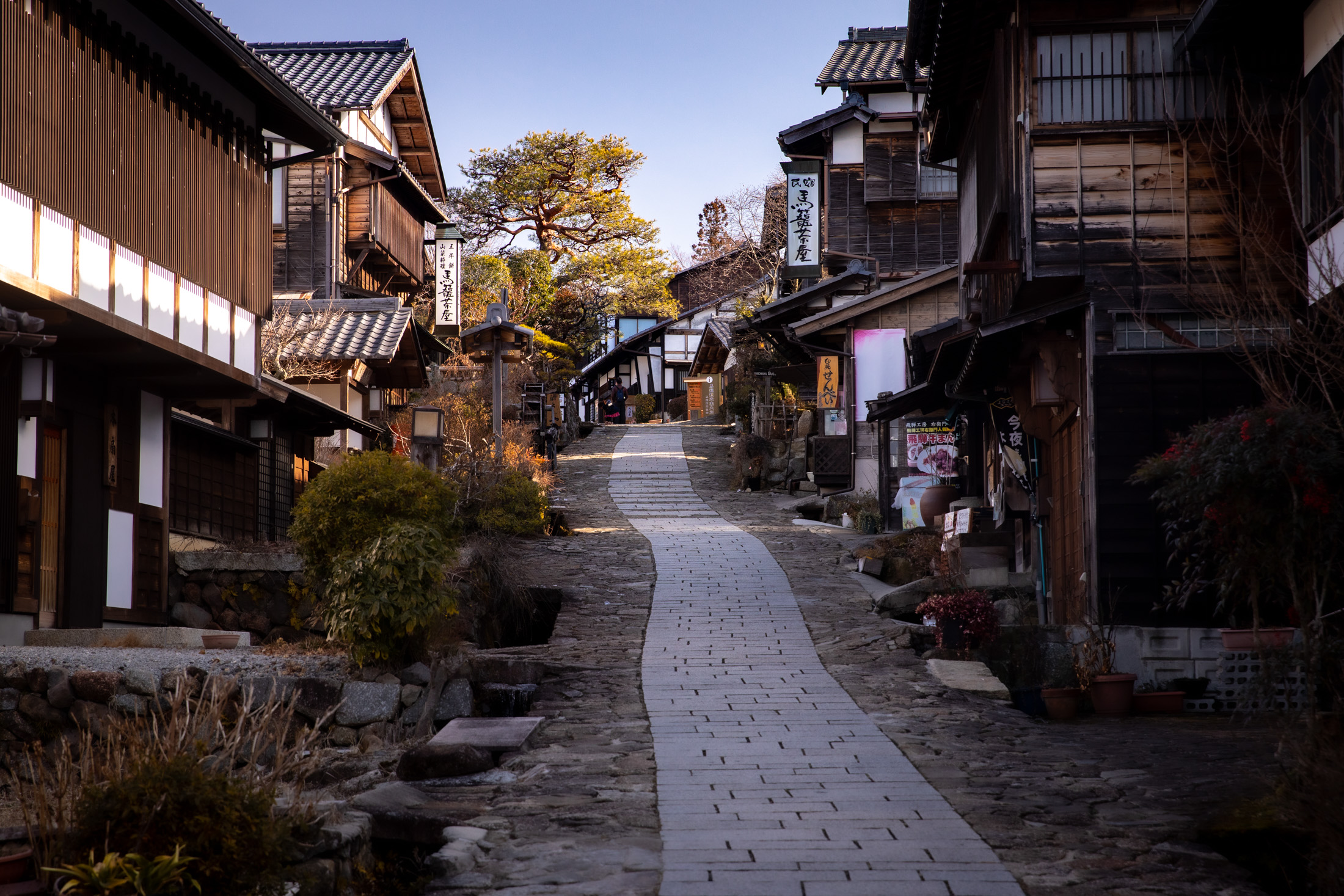
Magome is one of the few staging posts in the archipelago to be built on such steep terrain. This peculiarity has earned its name. The characters used are “horse 馬” and “basket 籠”, from the fact that the topography obliged travellers to leave their beasts of burden at the foot of the village and walk up to the inn.
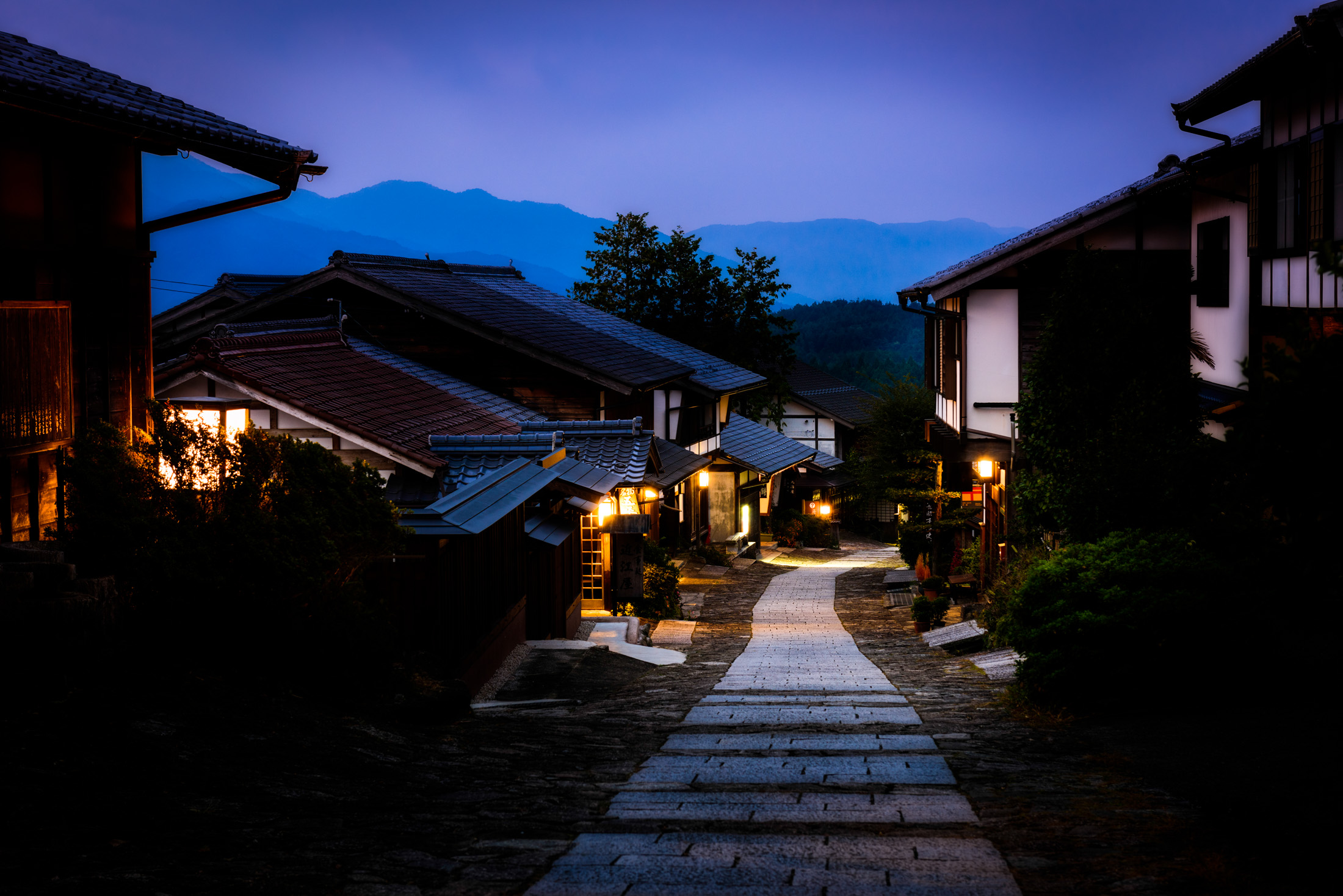
Nakasendo trail
In Edo Japan five major trade routes connected the country’s major cities. Among them, the Nakasendō connects Tokyo (political capital) to Kyoto (cultural capital). Unlike the Tōkaidō (eastern sea route), which runs along the shore, the Nakasendō crosses the interior of the country through the Alps.
Nakasendō, the central mountain route, was built after the Tokugawa shogunate came to power in the 17th century. The trail joins the Kisoji road (木 曽 路), which had connected Niekawa (Nagano) to Magome (Gifu) since the 8th century.
And for more awesome content about Japan, follow Jordy Meow on Instagram ! 🎵

